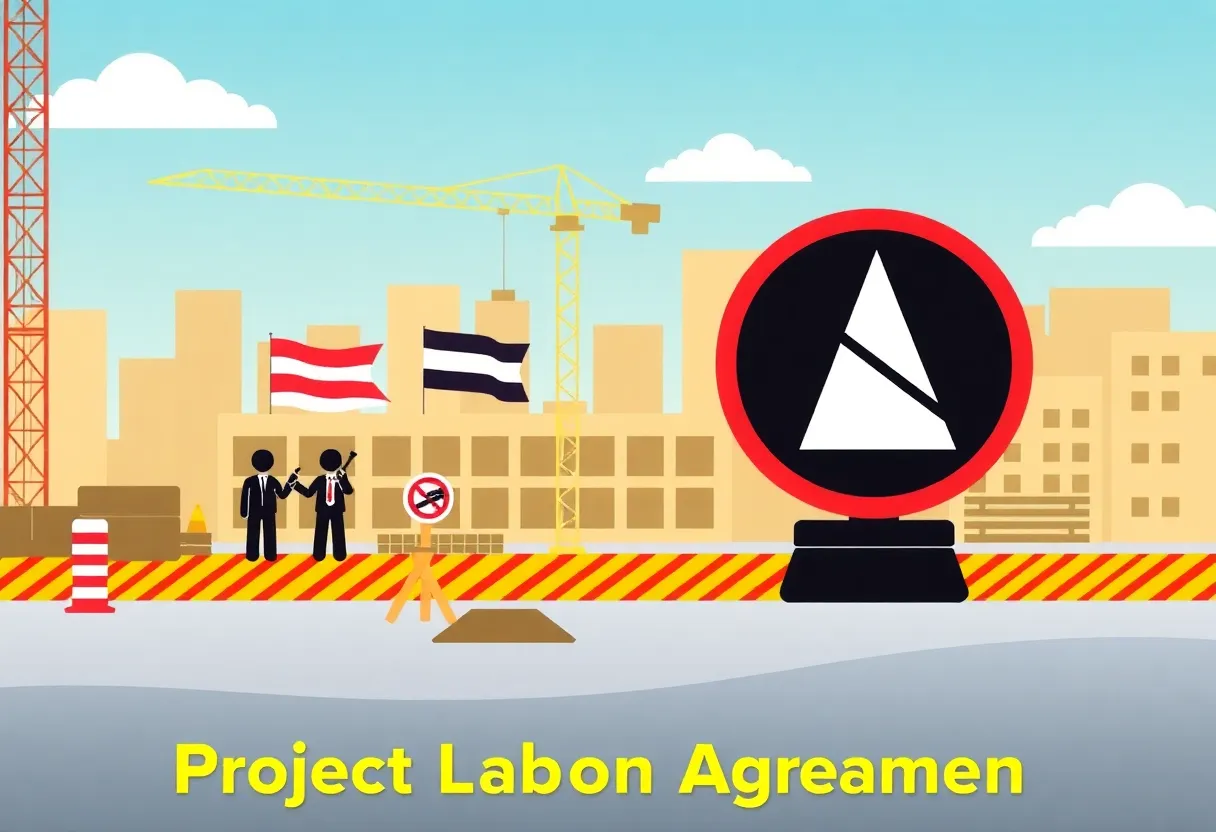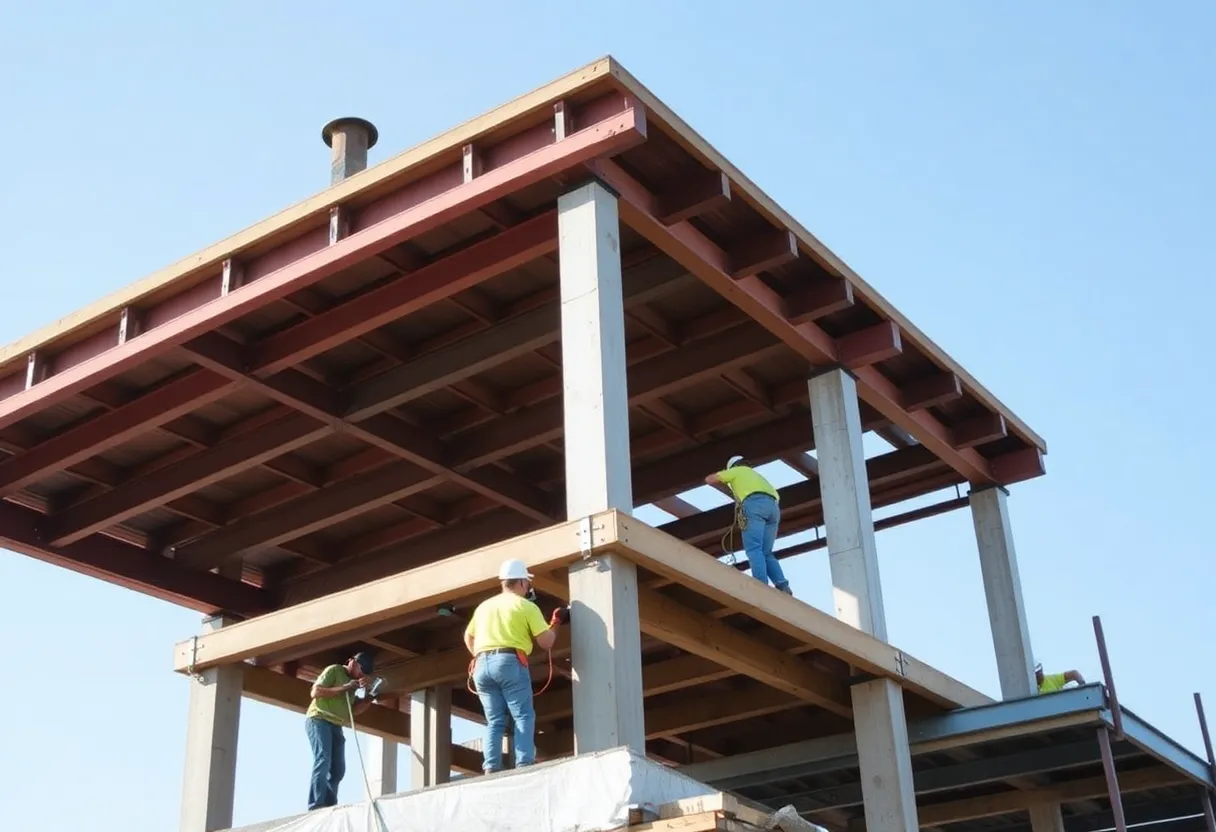News Summary
Project Labor Agreements (PLAs) are under scrutiny as the Biden administration mandates them for federal construction projects exceeding $35 million. Critics argue that these agreements hinder non-union contractors, affecting competitive bidding. Ongoing legal challenges in the 11th Circuit Court question the legality of the PLAs, with varying state support complicating the hiring process and potentially impacting workforce diversity. The future of PLAs and their implications for the construction industry remain uncertain as stakeholders monitor the evolving legal landscape.
Legal Challenges Surround Project Labor Agreements on Federal Construction Projects
Project Labor Agreements (PLAs) are becoming a hot topic in the realm of federal construction projects, particularly as the Biden administration has instituted regulations requiring PLAs for all federal projects exceeding $35 million. This executive order was folded into federal regulations, making adherence mandatory for contractors involved in these large-scale projects.
Under the current regulations, all contractors must follow union collective bargaining agreements, which essentially ensures that all workers on these projects belong to a union. This requirement has raised alarms among various stakeholders, as it has a significant impact on the competitive bidding process. Critics argue that the PLA requirements create hurdles for non-union contractors, effectively sidelining them from bidding opportunities due to their inability to comply with union mandates.
Impact on Workers and Contractors
One critical aspect of PLAs is that non-union workers might not receive various benefits that are typically provided under these agreements. This includes crucial aspects like pension vesting, and they may also be subject to paying union dues. The requirement can further complicate the hiring process, as non-union workers may be forced to navigate through union hiring halls to find employment opportunities. This system raises questions about job accessibility and impacts on workforce diversity in federal construction projects.
Currently, the reception of PLAs varies widely from state to state. Some states have enacted laws prohibiting government-mandated PLAs, while others remain supportive of them. As the landscape continues to evolve, ongoing legal challenges to the Biden administration’s PLA requirements are playing out, notably in the 11th Circuit Court of Appeals.
Legal Battles and Conflicting Opinions
Shifting Perspectives
Future Implications
In summary, the debate over Project Labor Agreements remains heated, with various stakeholders pushing against federal mandates that they argue stifle competitive bidding. As legal and regulatory discussions unfold, the implications of these challenges will undoubtedly shape the construction landscape moving forward.
Deeper Dive: News & Info About This Topic
Additional Resources
- Federal News Network: PLAs and Federal Construction Projects
- ENR: Trump Administration and Project Labor Agreements
- Capitol News Illinois: PLAs Lower Costs and Boost Competition
- ECMWeb: Affirmation of Federal PLA Rule
- Encyclopedia Britannica: Project Labor Agreements
Author: Construction FL News
The FLORIDA STAFF WRITER represents the experienced team at constructionflnews.com, your go-to source for actionable local news and information in Florida and beyond. Specializing in "news you can use," we cover essential topics like product reviews for personal and business needs, local business directories, politics, real estate trends, neighborhood insights, and state news affecting the area—with deep expertise drawn from years of dedicated reporting and strong community input, including local press releases and business updates. We deliver top reporting on high-value events such as the Florida Build Expo, major infrastructure projects, and advancements in construction technology showcases. Our coverage extends to key organizations like the Associated Builders and Contractors of Florida and the Florida Home Builders Association, plus leading businesses in construction and legal services that power the local economy such as CMiC Global and Shutts & Bowen LLP. As part of the broader network, including constructioncanews.com, constructionnynews.com, and constructiontxnews.com, we provide comprehensive, credible insights into the dynamic construction landscape across multiple states.





